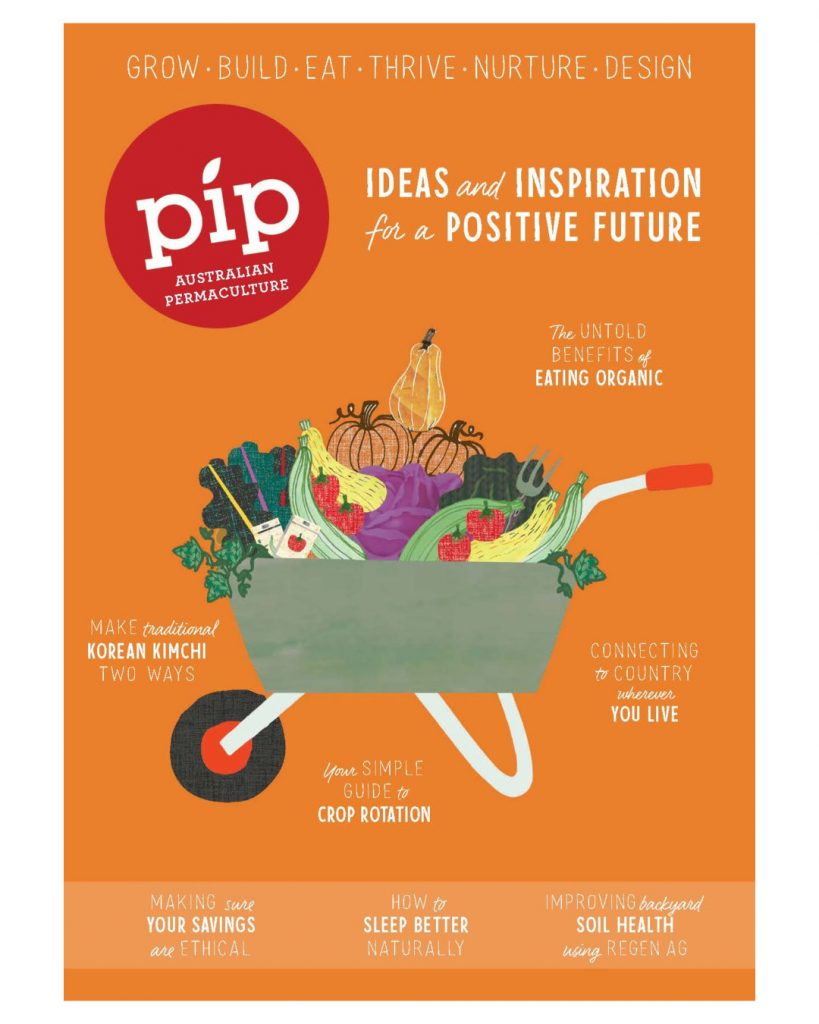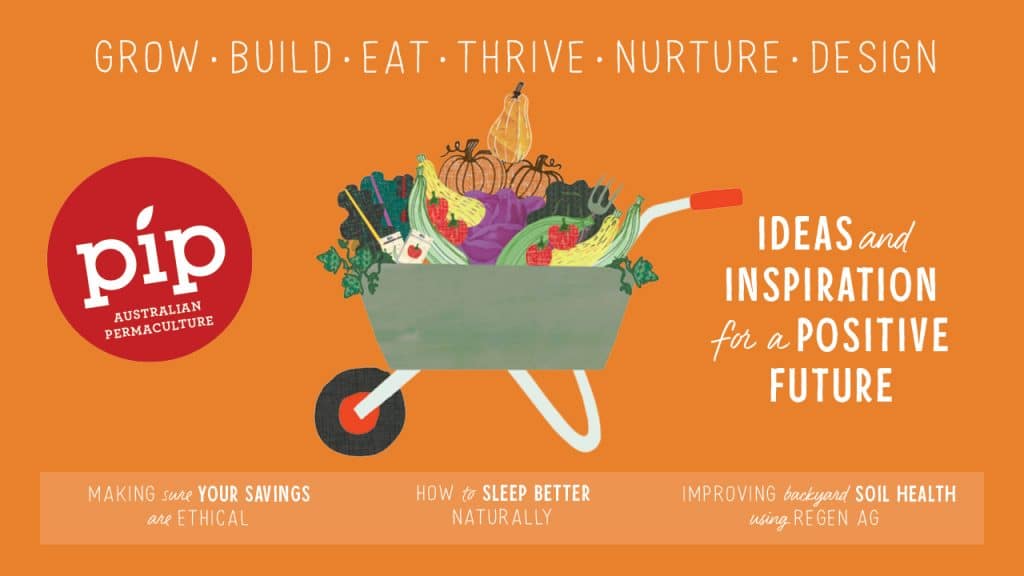

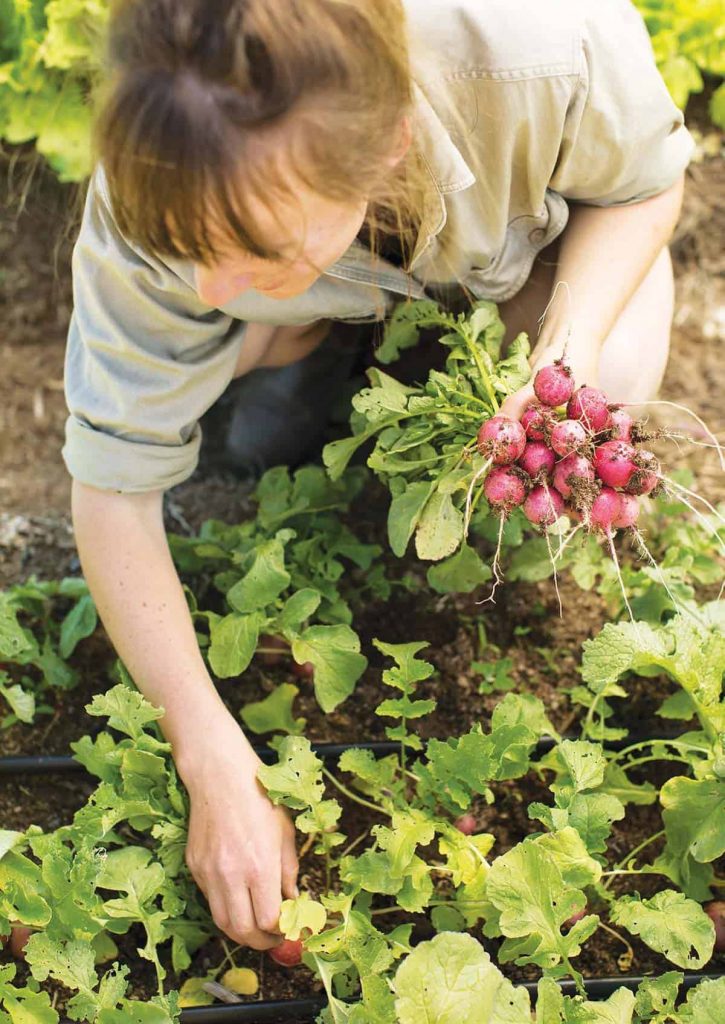

Crop Rotation: Keep It Moving
Practising crop rotation when growing annual vegetables not only increases long-term yield, it preserves the fertility of your soil while deterring pests and diseases.
We can’t treat annual vegetable plants like perennials because they grow in a completely different way. Perennials are longer-lived and send their…
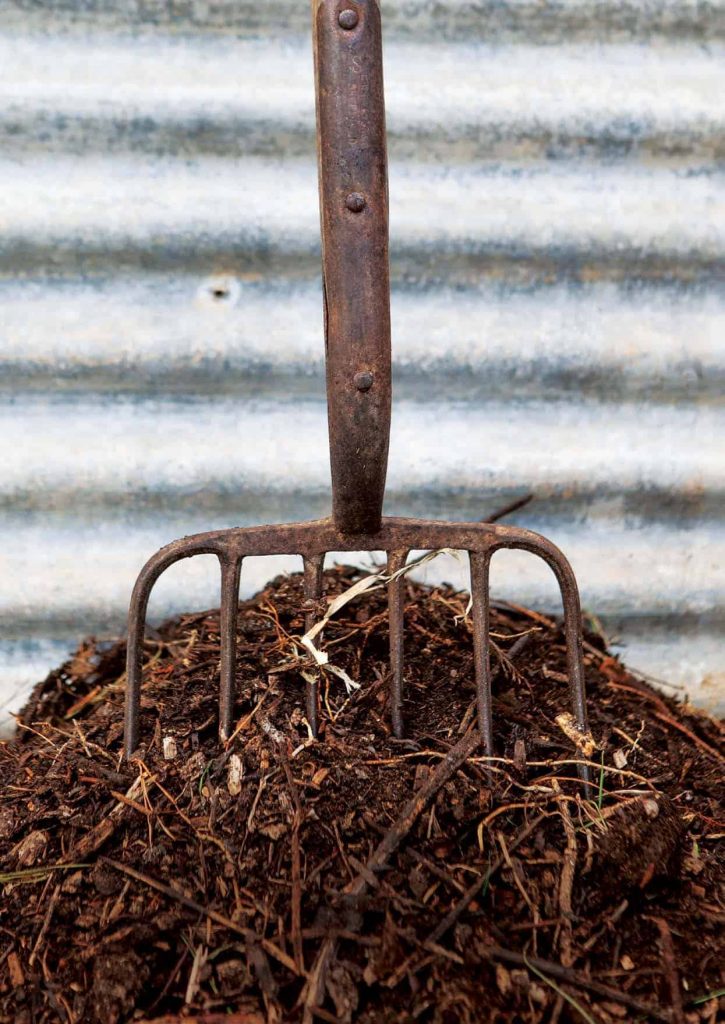

Regenerative Agriculture: On Home Soil
In a world of a changing climate and an increasingly politicised and broken food system, regenerative agriculture is a large-scale example of practices we can adopt in our own backyards which are beneficial for both our health and our environment.
A lot of the farming you…


Dehydrating Fruit: Cut And Dried
With summer comes a bounty of fruit, often in very large quantities. Dehydration is a relatively easy and effective way to make the most of the season’s generous gifts.
There are many ways to preserve fruit. You can turn it into jams, jellies, relishes or bottle…


Eating Organically: The Green Standard
More and more people are willing to spend the extra money for organically grown and prepared food, with an Australian industry now worth $2.6 billion annually. So what’s all the fuss about and are there genuine reasons why we should be choosing organic?
We’ve all been…
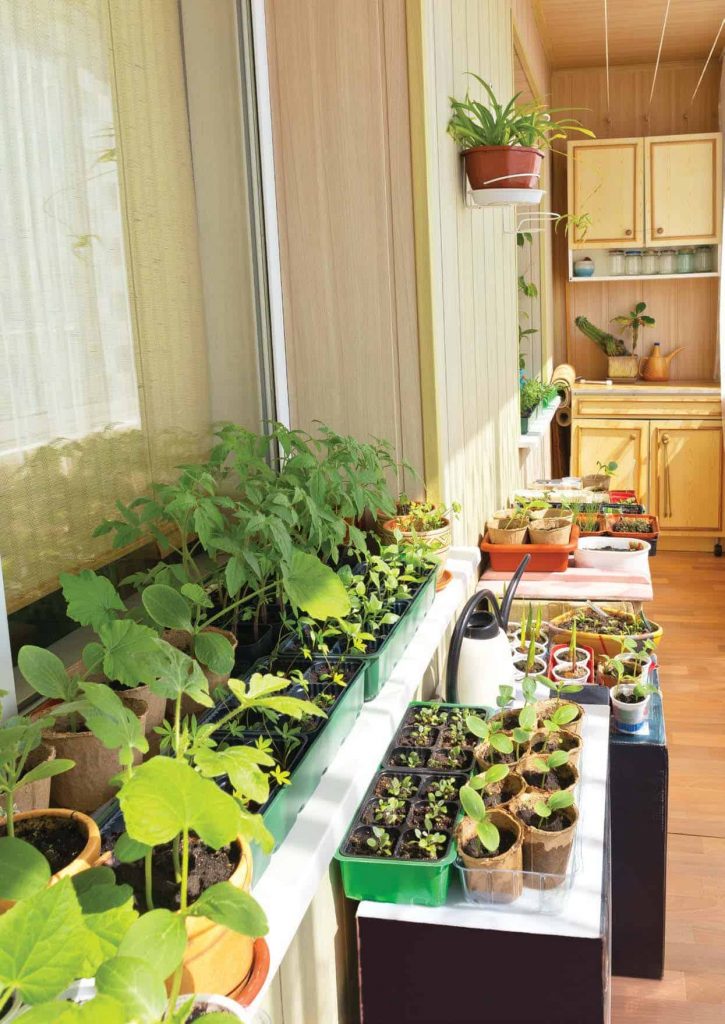

Rental Retrofits: Lease On Life
With almost one in three Australians now living in rented accommodation, it’s more important than ever to ensure permaculture practices are not just implemented by those who own their own home. Even if you’re renting, there are plenty of simple and reversible things you can…


Ethical Investment: Banking On The Future
Your money could be racking up a hefty carbon footprint, or supporting industries that don’t align with your personal beliefs. But it doesn’t have to be that way.
Have you ever considered how your money is being used beyond your daily transactions? Every day your money…


Sleep Hygiene: Rest Assured
One of the most important things to keep us healthy in both body and mind is sleep. But as we strive to juggle families, work and living clean and sustainable lives, the amount of sleep we get is easy to neglect and its quality is…
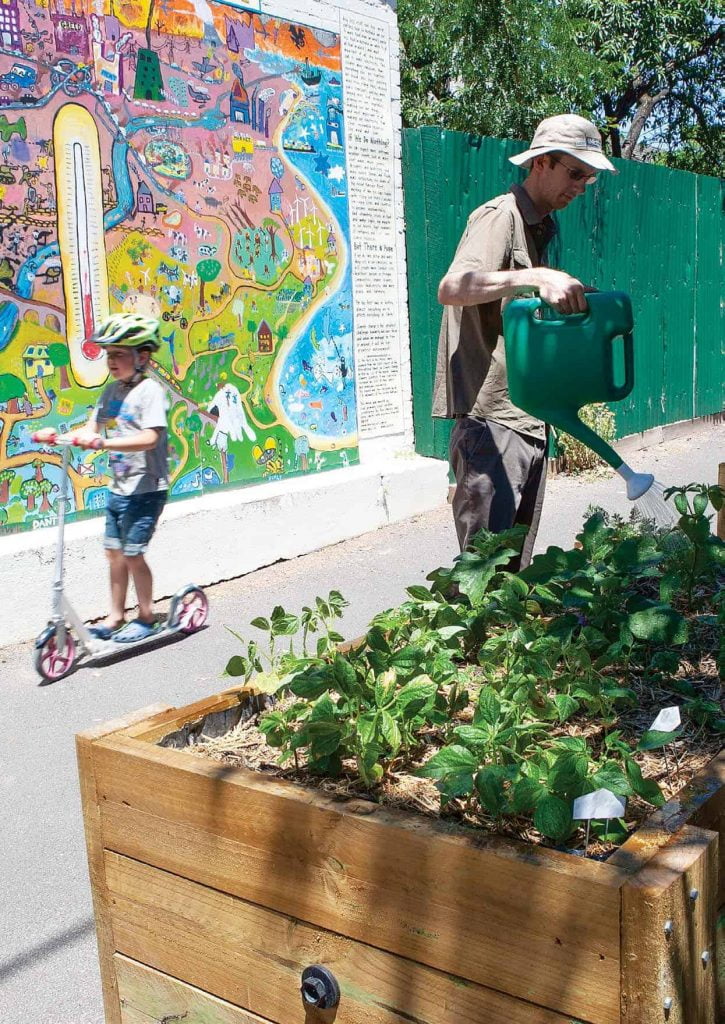

Connecting Communities: Once And For All
Permaculture design is successful because it mimics nature’s interconnectedness. An interconnectedness which allows nature to be a self-supporting mechanism that can exist and thrive without added inputs or unnecessary waste, and it’s successful because nothing exists in isolation. If we can implement similar systems into…
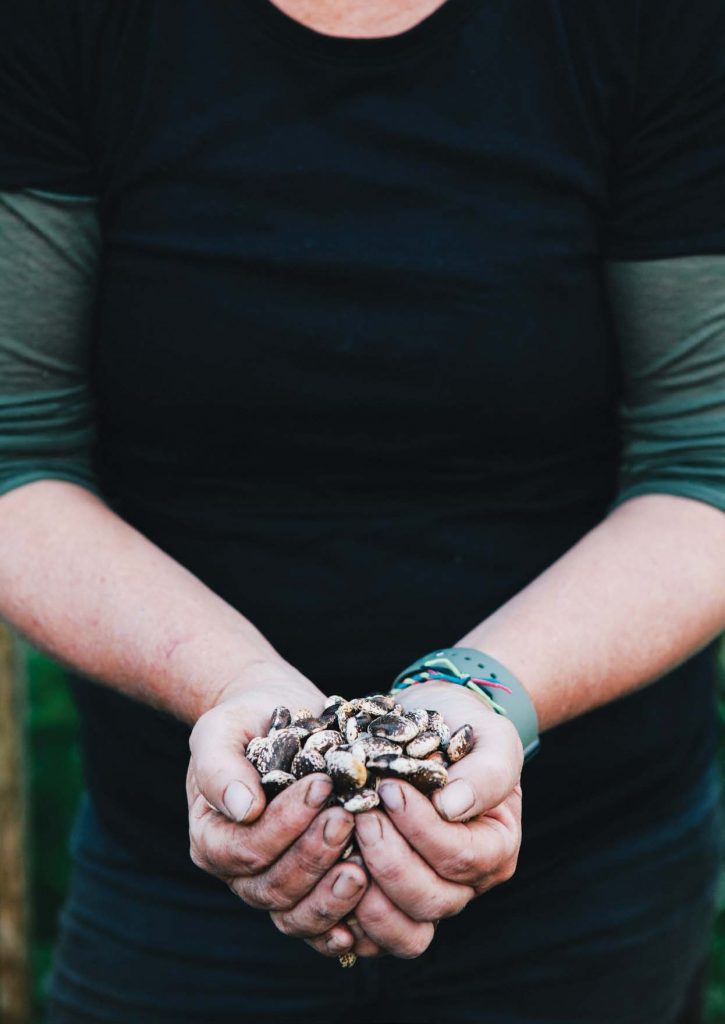

Pandemic Positives: Silver Linings
Start where you are, use what you have, do what you can. When it came to thinking outside the box during the enforced restrictions associated with the global pandemic, Arthur Ashe’s words rang loud and true. The result was some great and positive outcomes born…
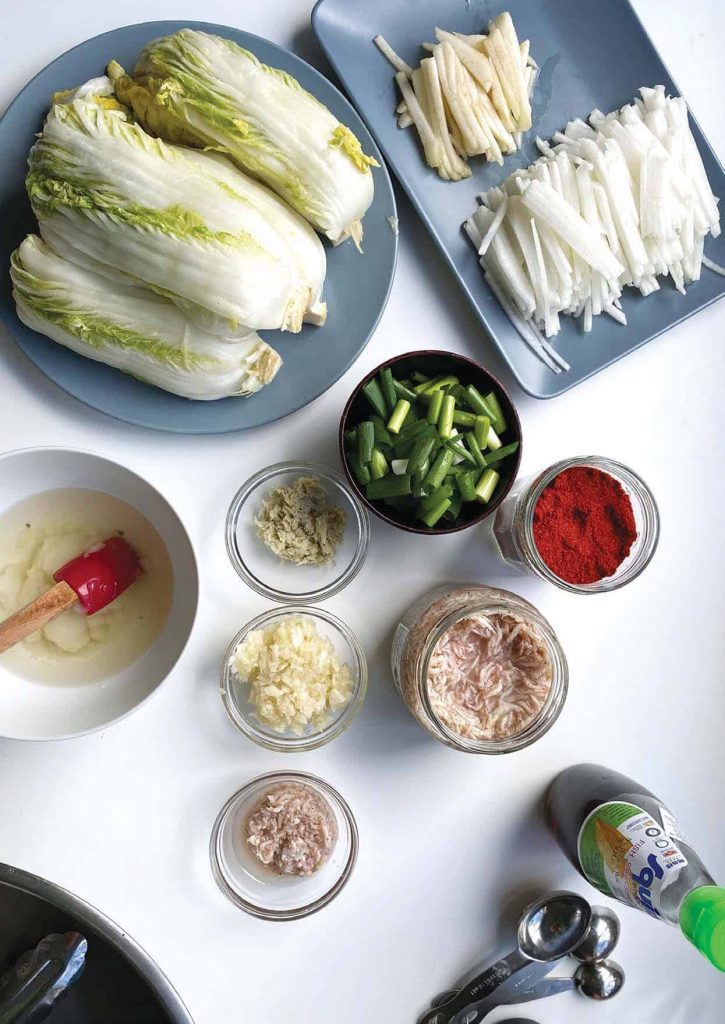

On The Side: Kimchi
Kimchi is a spicy fermented side dish traditionally made as a way to preserve vegetables for harsh Korean winters. These days, its significant health benefits have made it popular in many other cultures.
The history of kimchi goes back 3000 years and it still remains an…
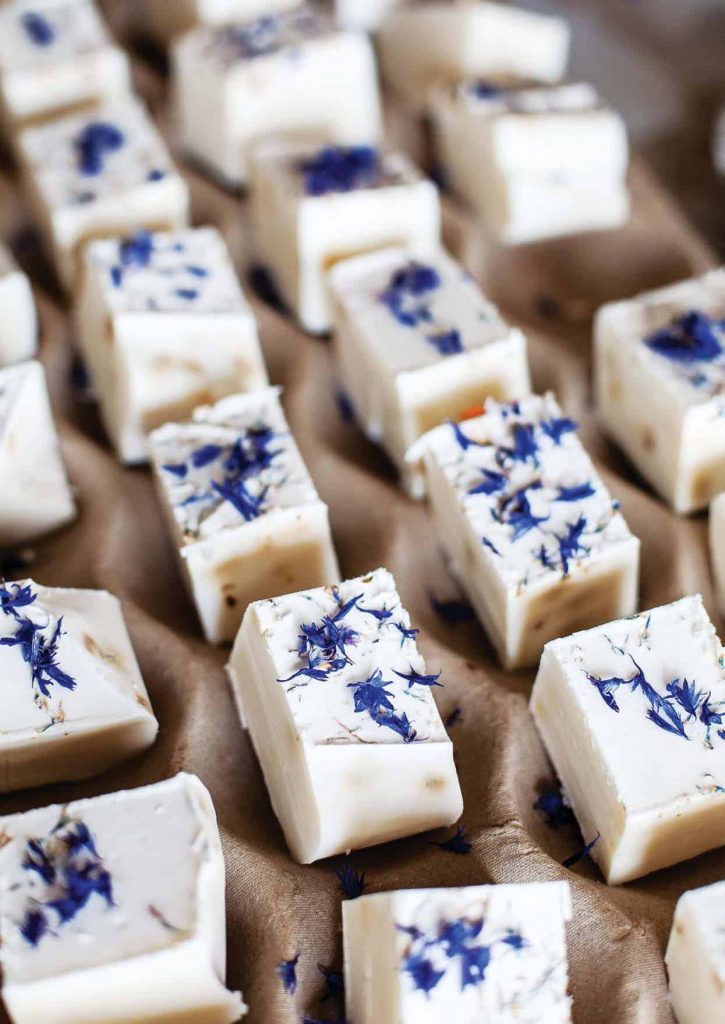

Good Oils: Homemade Soap
By using oils and fats readily available, soap can be made at home free from synthetic fragrances and colours and can be used to wash everything from your hair and body to household dishes.
There are only two ways to make soap using raw ingredients; cold…
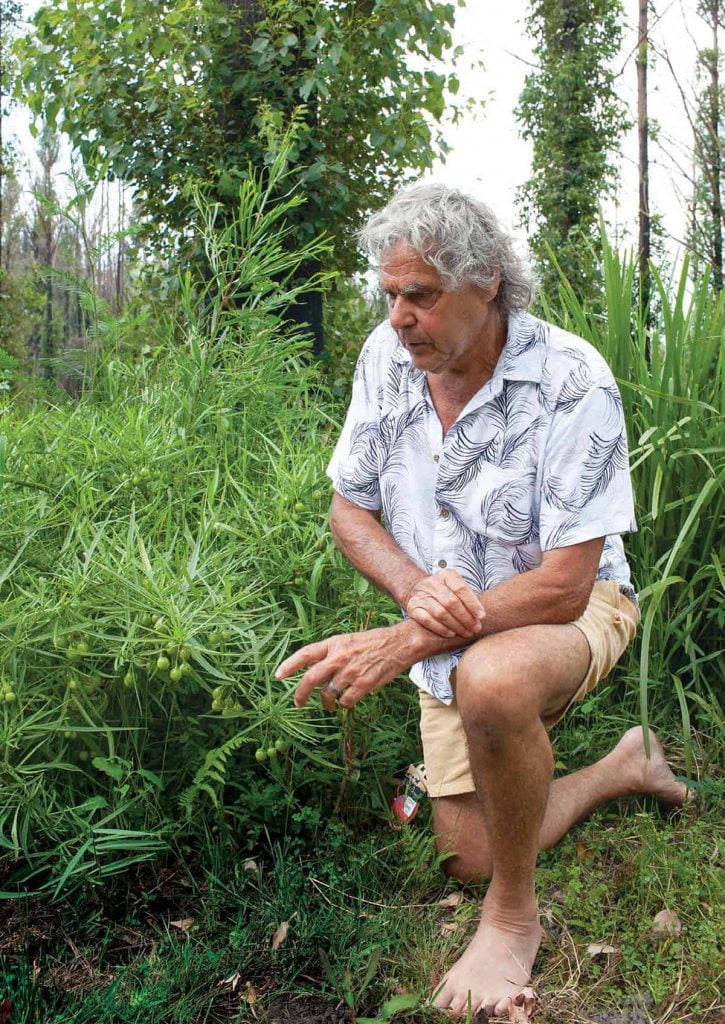

Connecting To Country
This is the beginning of a series created with Indigenous elder and Budawang man Noel Butler from Yuin country, who we’ve asked to share his knowledge and deep connection to country. He wants to help Australians develop a connection with their place as well as…


Urban Foraging – Amaranth
Amaranth is a common and highly nutritious weed easily recognised by its beautiful but rather peculiar nodding seed heads.
What Is Amaranth?
Amaranth (Amaranthus retroflexus) is an ancient grain, one of the first domesticated wild plants in Southern America, cultivated for at least 8000 years. High in…
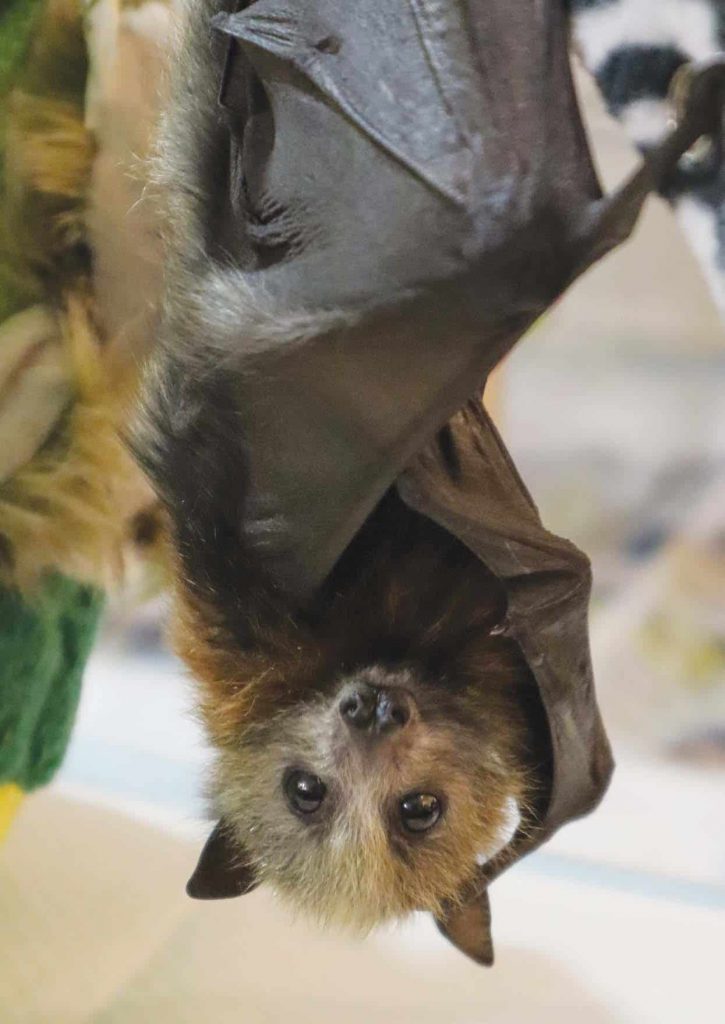

Flying Fox
Flying foxes are vital for biodiversity, pollination and a healthy ecosystem. And some researchers believe they could be functionally extinct by 2050.
Just as permaculture is an interconnected system, so is Australia’s native ecosystem. Fruit bats, or flying foxes, play an important role in keeping the…
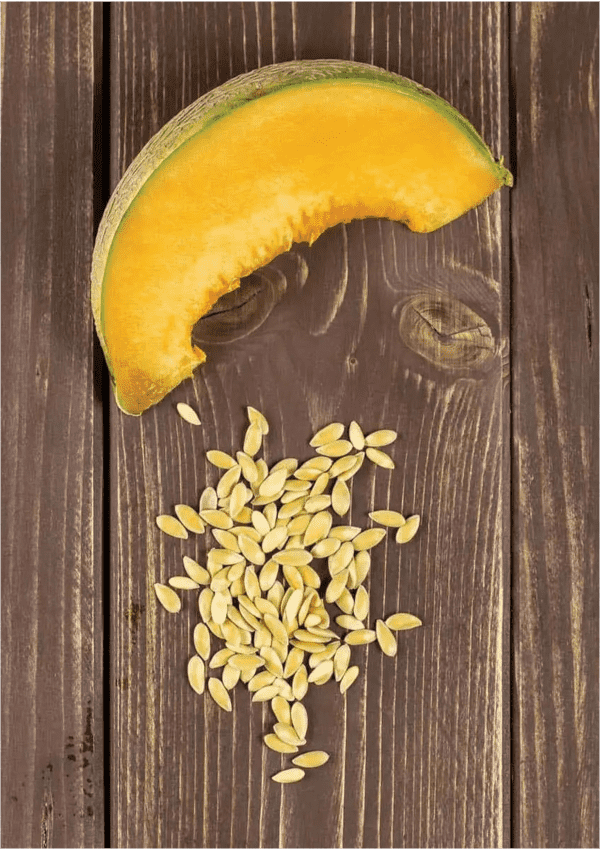

Rockmelon
Cucumis melo – cucumis is the Latin name for cucumber and melo from an Ancient Greek word relating to apple.
Origin
From tropical western Africa and introduced to southern Europe 2000 years ago, melons have been a popular fruit for a very long time. A distinctive group…
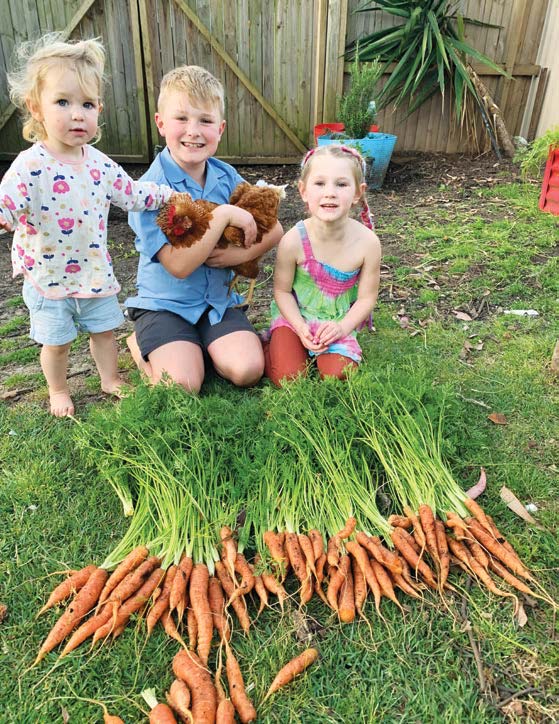

Kids’ Patch 19
Our kids’ patch winners for this issue are Willow, Levi and Airlie from Kincumber, NSW, you’ve won a copy of The Runaway Dandelion by Jill Regensburg.
Next issue we are giving away some snazzy kids T-shirts. Designed in Australia by Izwoz, they feature some cool vegetable…
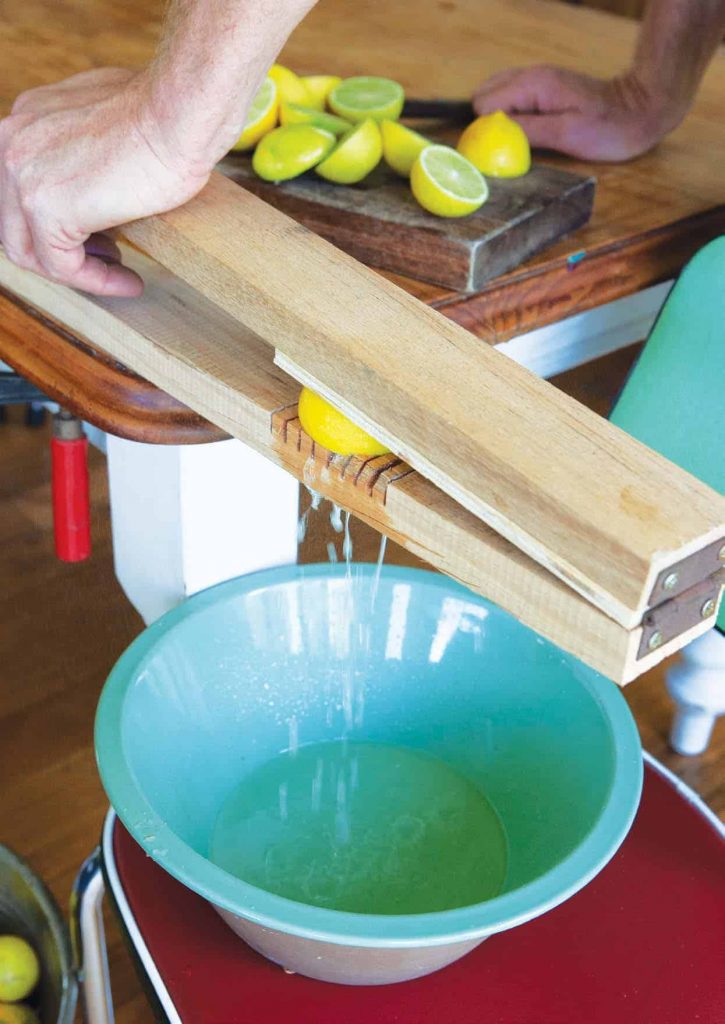

Easy Peasy: Lemon Squeezy
If you’ve got a bountiful harvest of citrus to squeeze, you don’t need to mess around with fiddly squeezers or noisy and expensive electric appliances.
There’s nothing quite as satisfying as being able to make something at home that produces just as good – if not…


Pip Noticeboard
SEED MOB LAUNCHES
Seed Mob is set to become Australia’s first Indigenous youth-led environmental organisation. With a vision of a just and sustainable future powered by renewable energy, this national grassroots network of Aboriginal and Torres Strait Islander young people have set out to protect country,…
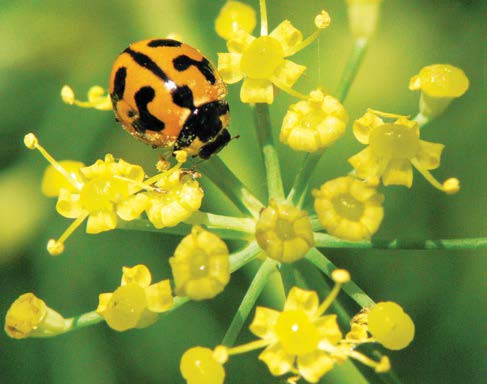

5 Bugs For Biocontrol
Your garden, big or small, is an ecosystem where living things interact with each other and their environment. An ecosystem is healthy when the relationships – insect/ insect, plant/insect or living/non-living – within it function well. Formed over many thousands of years, these relationships provide…


Pip Picks – Things We Like
Etiko
ORGANIC SNEAKERS
Ecological footprints don’t get much lighter than those made by Etiko shoes. As well as using organic cotton, natural latex rubber soles, non-toxic dyes and zero animal glues, the box they come in is made from post-consumer waste. Handstitched by Faitrade employees, these Olive…
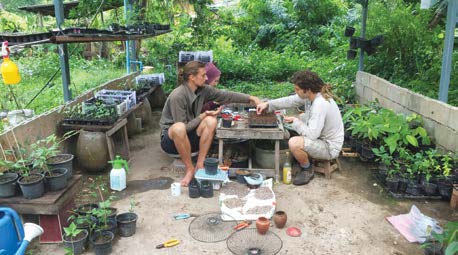

International Projects
The Panya Project, established in 2007, is a small permaculture community and education centre nestled in the foothills of northern Thailand. The ten-acre site is a thriving example of low-impact, community-based regenerative living. The small residential community welcomes regular volunteers (pre-Covid, anyway) and together have…


In The Garden: February-May
FEBRUARY
Plant winter vegies including broccoli, Brussels sprouts, cabbage, cauliflower, celeriac, celery, Florence fennel, leek (seedlings) and parsnip. Once the weather starts to cool, get your garlic in the ground.
MARCH
Brussels sprouts (seedlings), broad beans, beetroot, broccoli (seedlings), cabbage (seedling), carrot, chives, coriander, daikon radish, endive, fennel,…
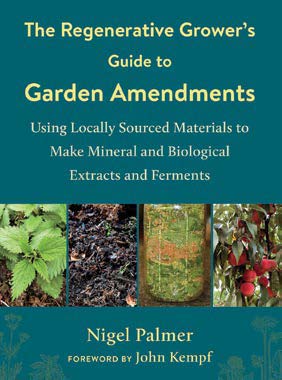

Read & Watch
He had me at Ferments. Maybe Regenerative, or Mineral and Biological Extracts, and possibly Locally Sourced. It was a combination of the entire title that captured my regenerative grower’s heart. If you, too, are on a journey to grow nutrient-dense food resistant to pests and…
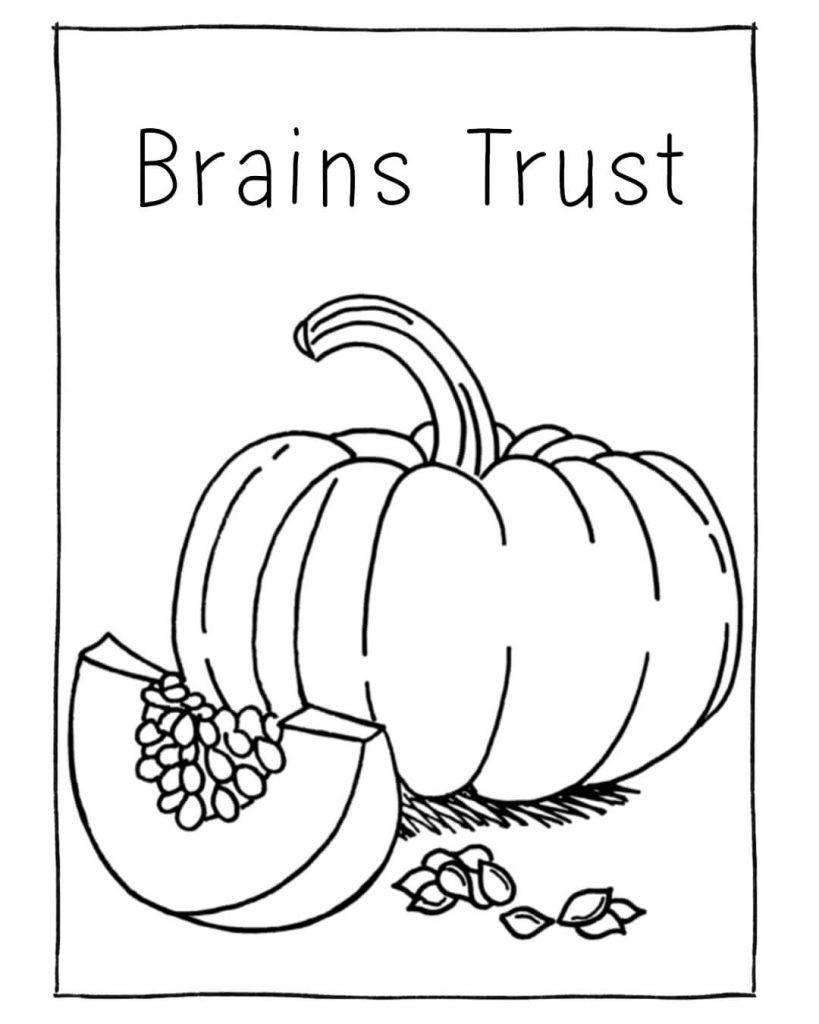

Brains Trust
What’s better, a compost pile or a worm farm?
It depends on how much material you have. An effective hot compost pile needs to be at least one metre by one metre at the base (even better if it’s 1.5 metres) and the same in height….

